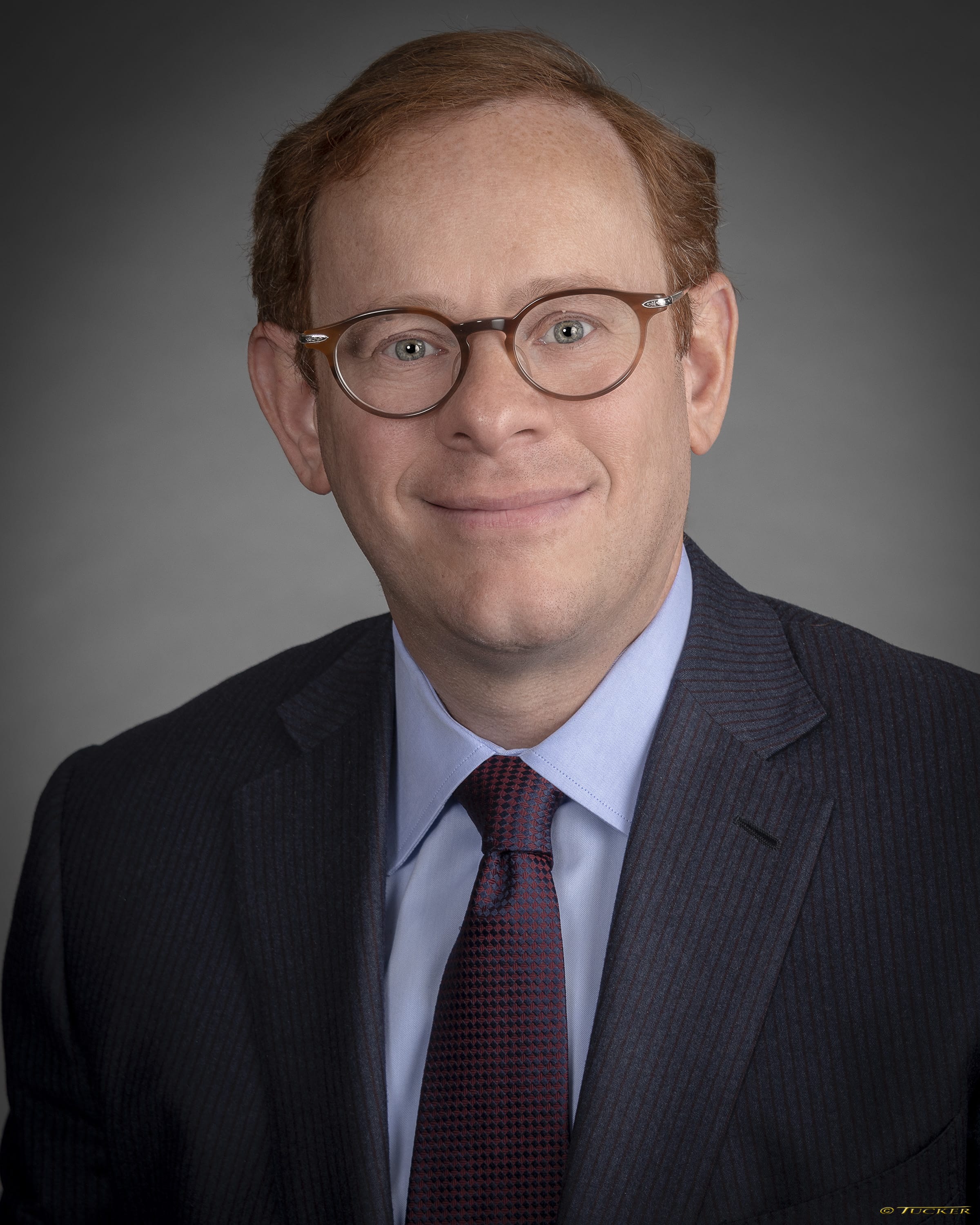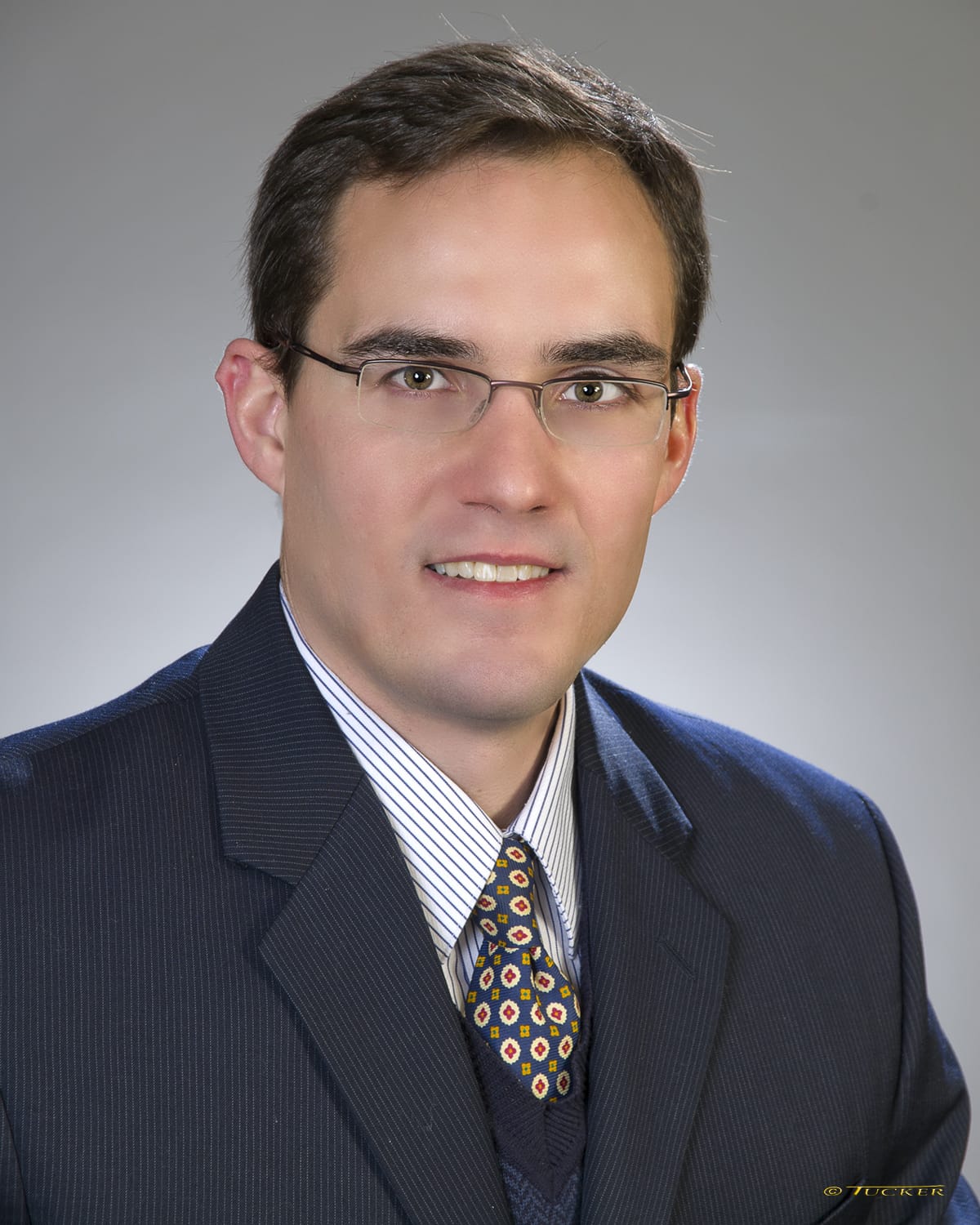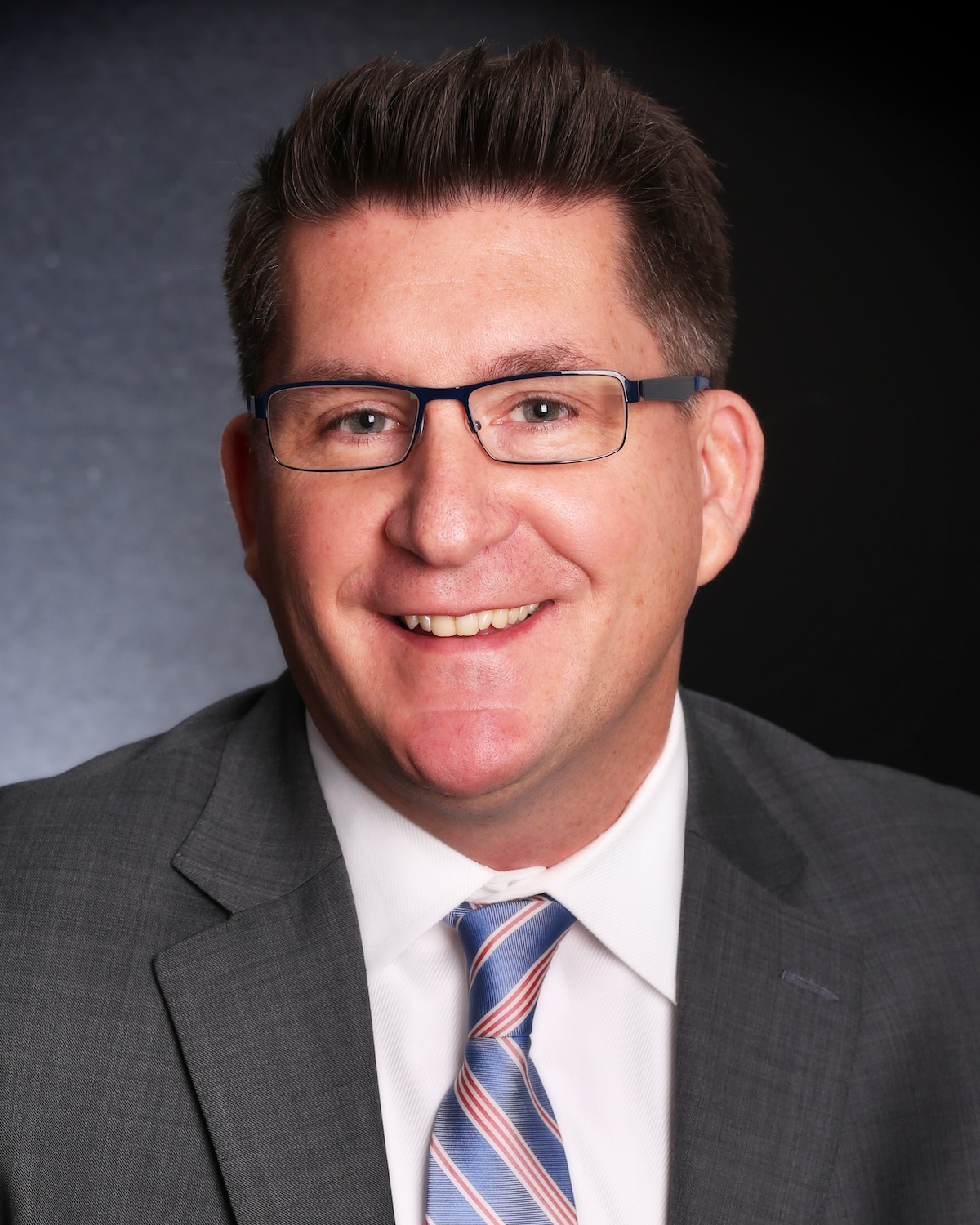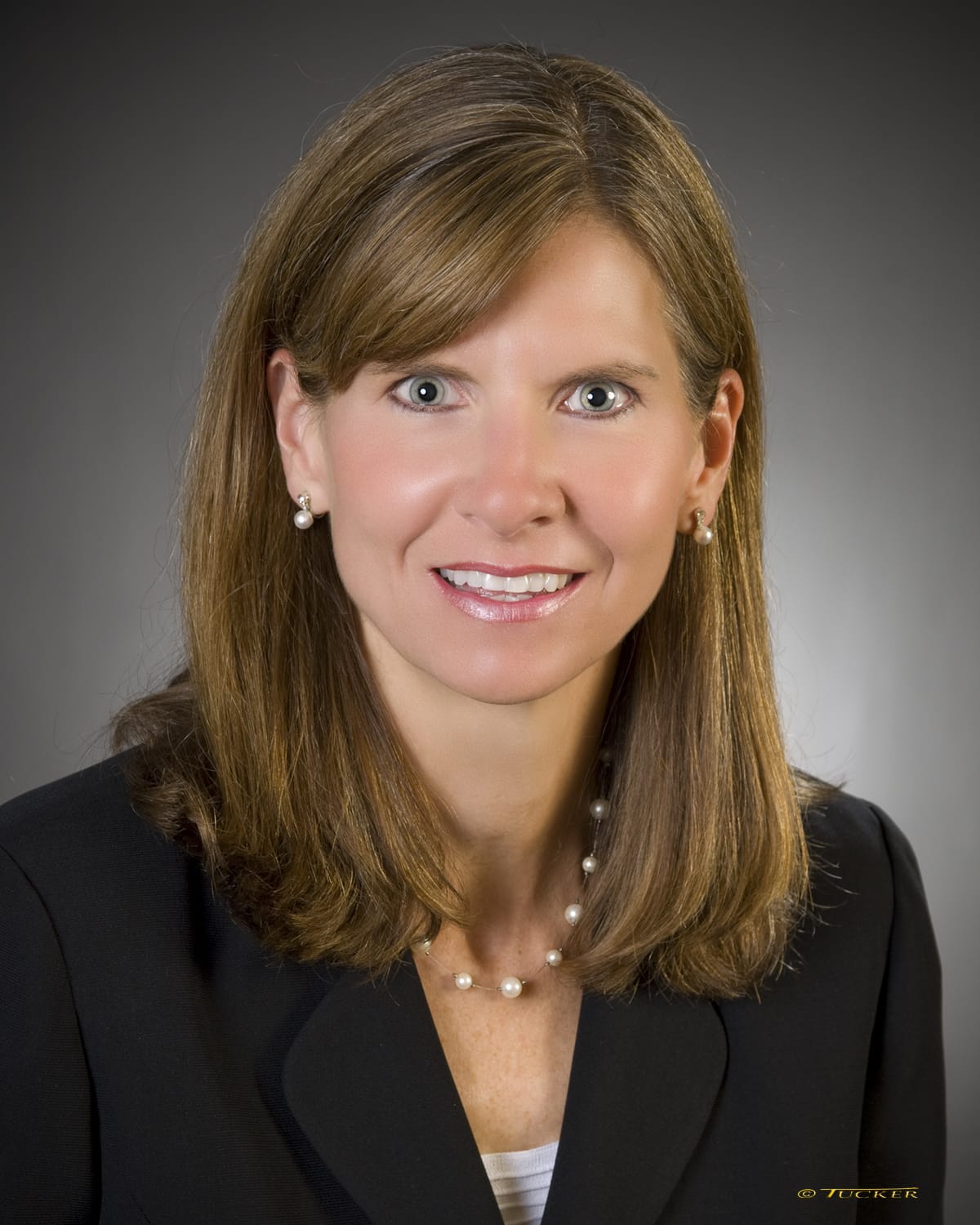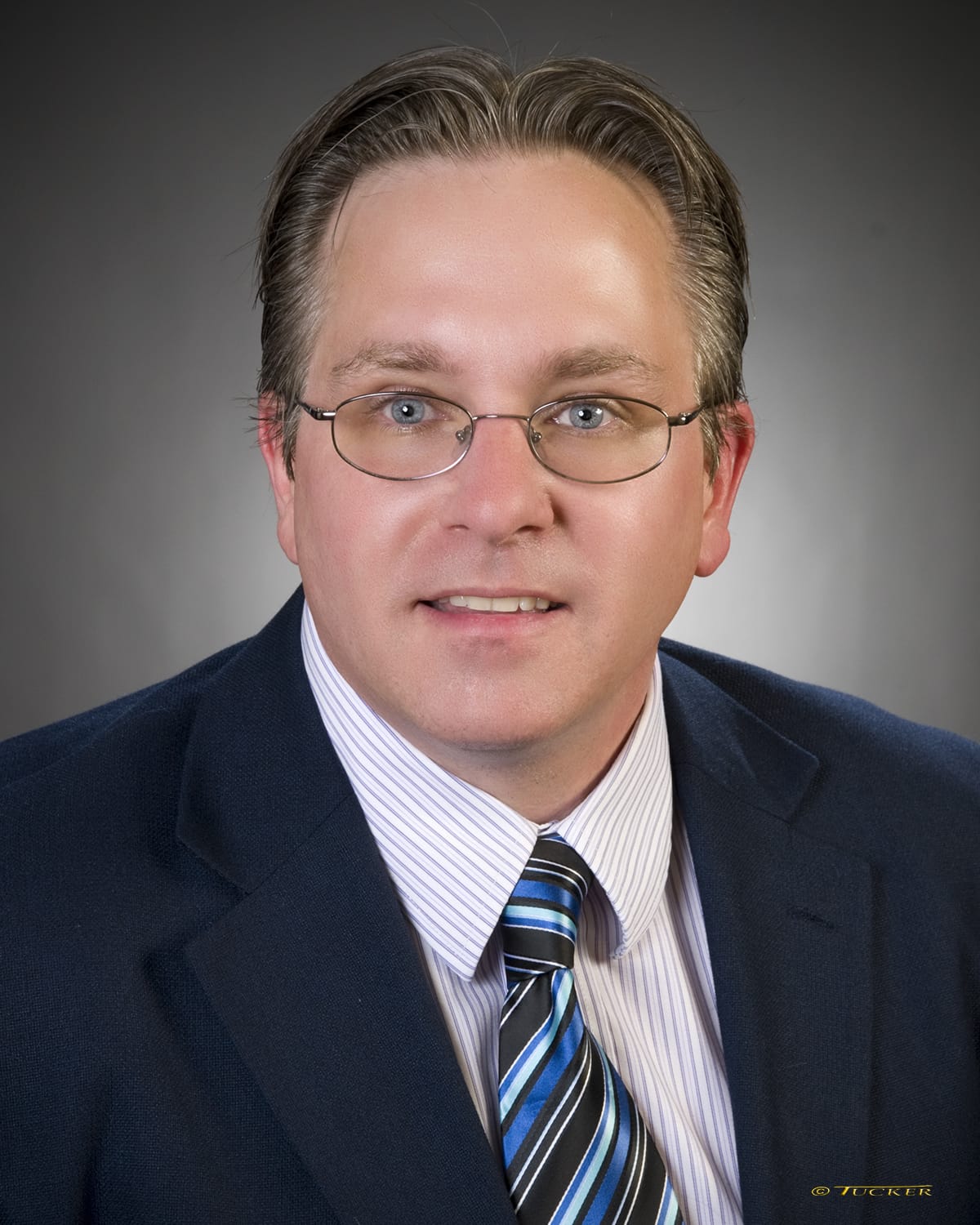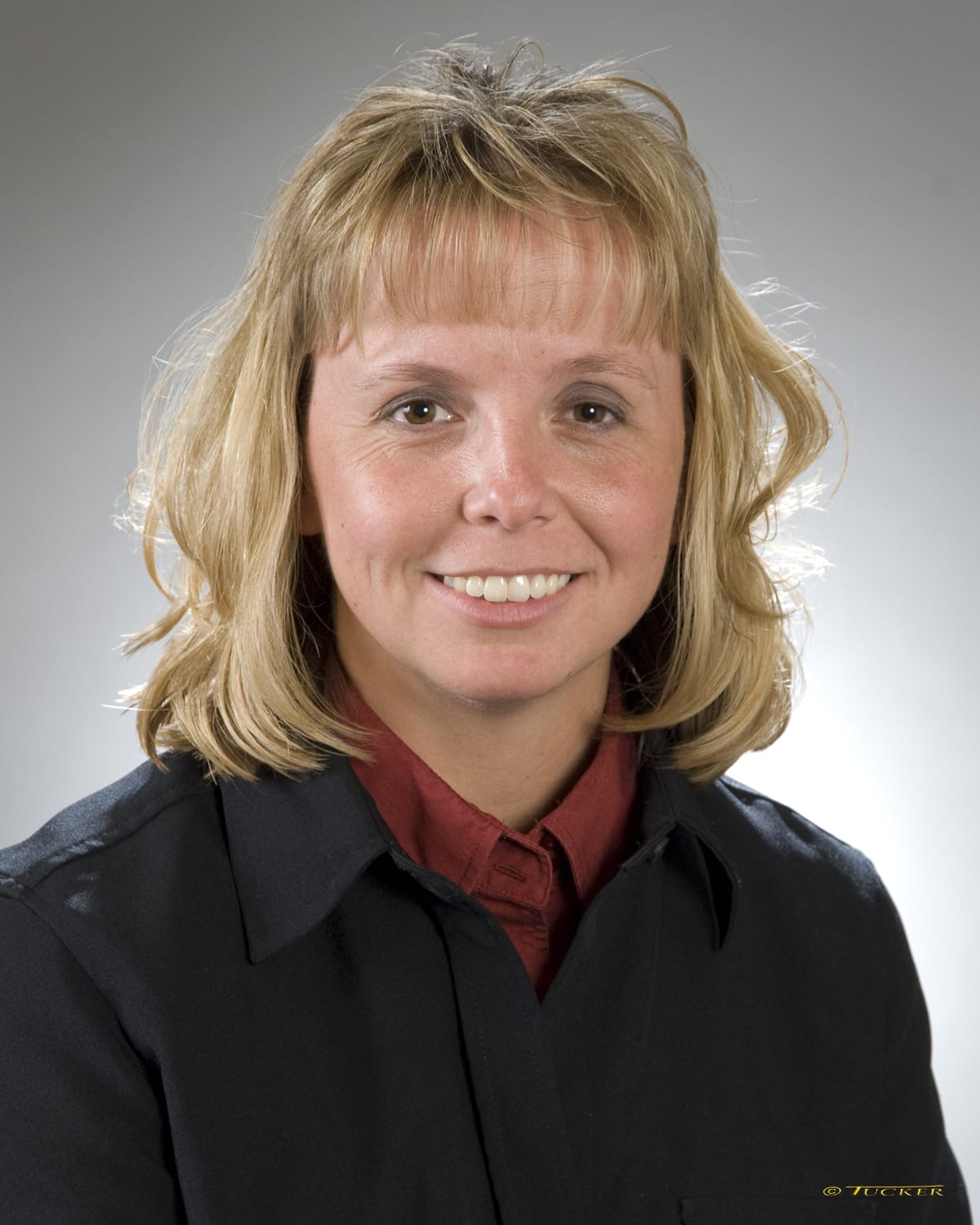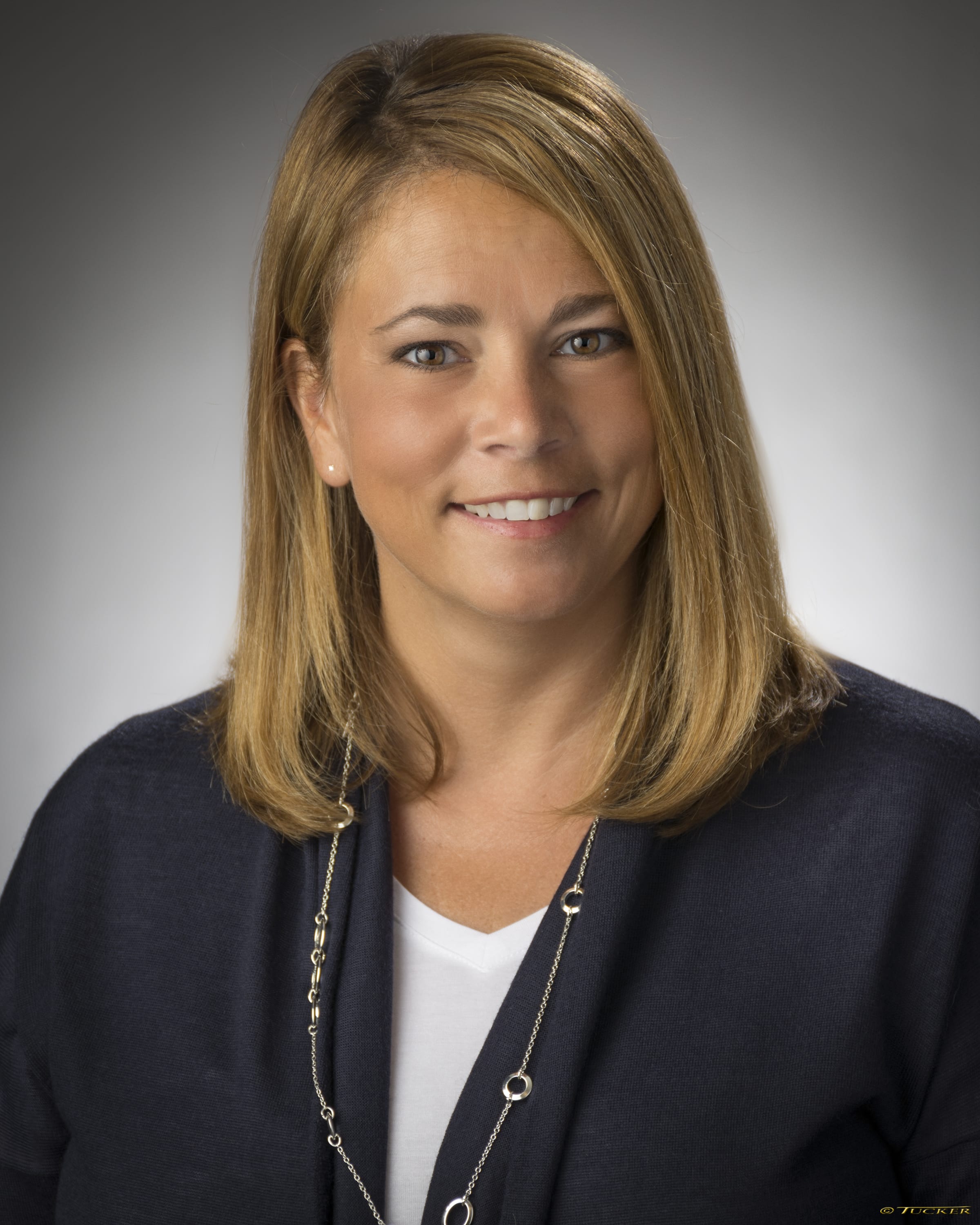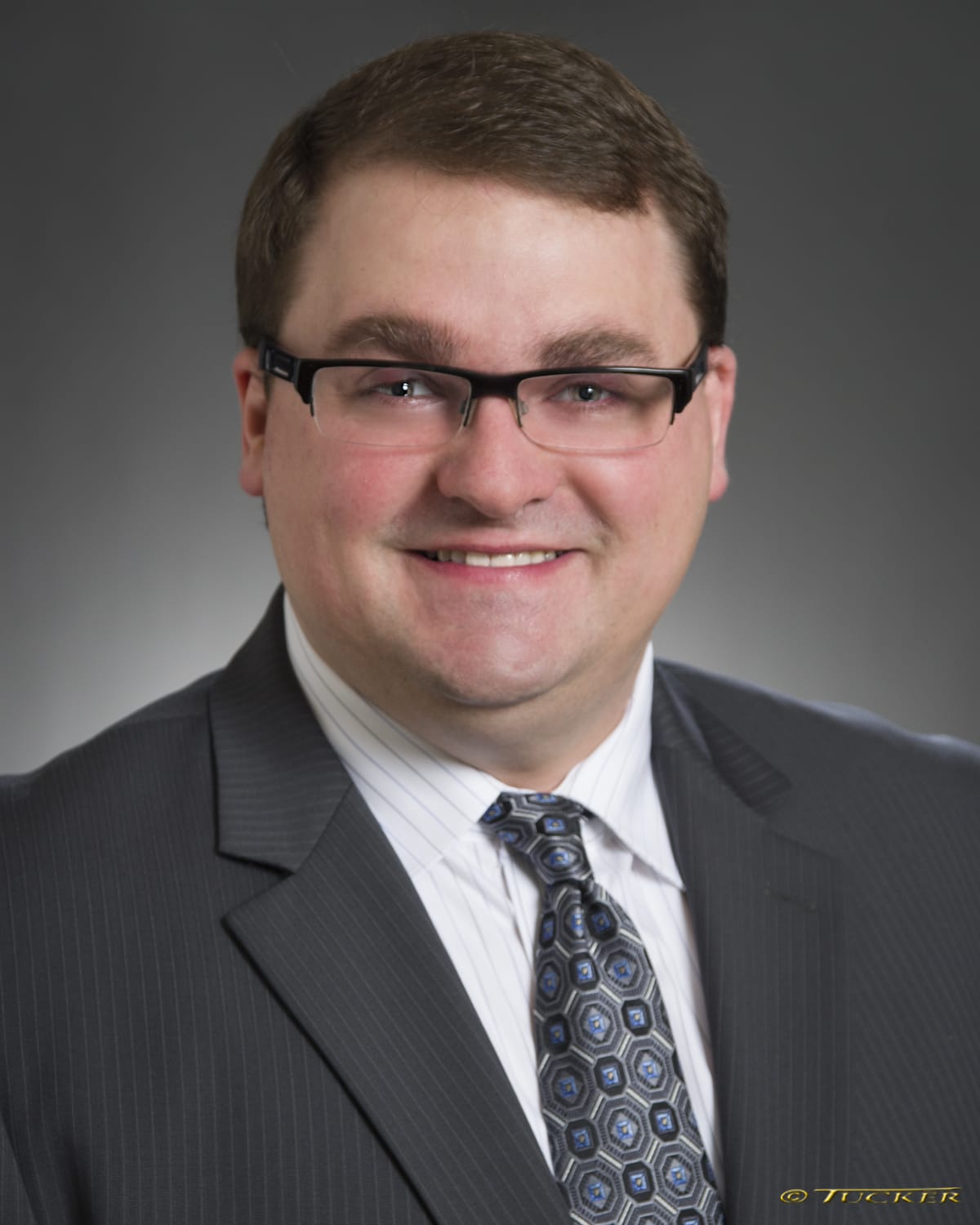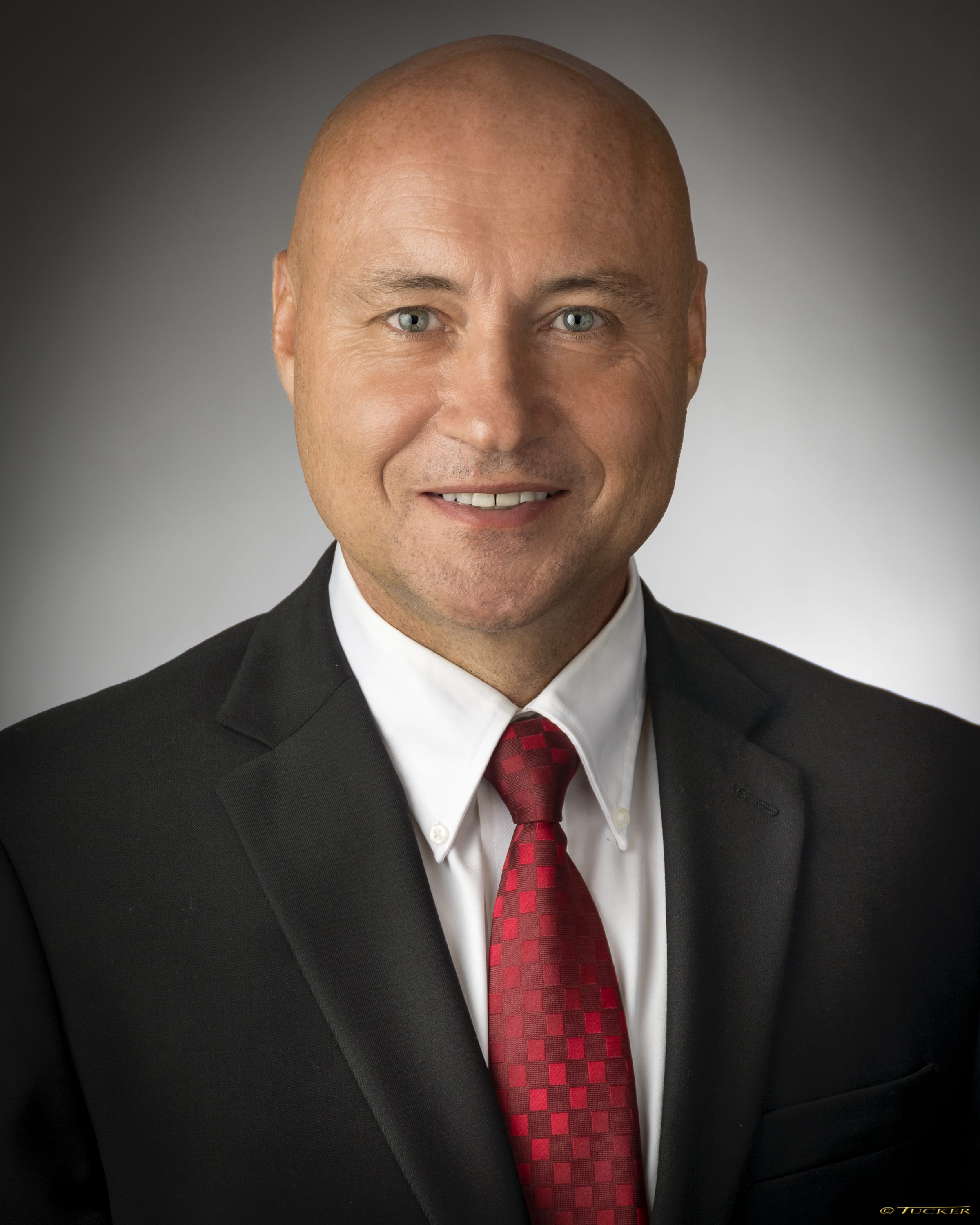Preserving Neighborhoods
Editorial
August 5, 2015
Protecting the quality of neighborhoods from foreclosure blight is the mutual goal of mortgage servicers and local governments. More collaboration – instead of more red tape – is the answer.
The recent economic crisis has prompted comprehensive discussion over the last several years as we try to make sense and put into perspective what caused our economy to falter. The mortgage industry, in particular, has been in a state of constant change since the crisis began.
As the mortgage industry continues to adjust to new and ever-changing regulatory forces, it becomes increasingly important for representatives from all facets of the industry to continue to partner and collaborate on best practices. That goes for all vendors that support the mortgage industry, including the field service industry.
With many industry indicators at or nearing pre-crisis levels, the housing market is definitely on the right track. However, Industry experts do not foresee full stabilization for several more years.
We see statistics on a monthly basis that provide insight into the current stock of vacant and abandoned properties, as well as those in real estate-owned (REO) status. Currently this housing stock remains above pre-crisis levels, and these homes — and the increasing pressure to maintain them in a way that satisfies the myriad local and municipal codes — have prompted conversations over the last several years around maintaining a home to “neighborhood-like” standards.
However, there has been no consistent definition as to what neighborhood-like standards are and what is required to adhere to those requirements.
The nature of the challenge
Loans serviced on behalf of the government-sponsored enterprises (GSEs), the Federal Housing Administration (FHA) and the Department of Veterans Affairs (VA) have guidelines, fee schedules, delegated authority and other options to assist the servicers in protecting and preserving properties.
The guidelines, however, do not include provisions to address all of the potential deficiencies that can result in local code violations. It is impossible for the guidelines to take into account all of these local requirements. Beyond that, the delegated authority to incur expenses to meet those local requirements has not been proffered to the servicing industry.
And yet, with the increase in oversight from government entities such as the Consumer Financial Protection Bureau (CFPB) and the Office of the Comptroller of the Currency (OCC), servicers are required to demonstrate their compliance with all local laws.
When a property goes into default and is vacated, servicers take over the maintenance of these properties to ensure they are secure, the asset is protected from deterioration and measures are taken to minimize the blight that is inherent when a property is unoccupied. However, because the servicers do not have title to the property until the foreclosure sale, there are limitations as to what actions they can take and/or what they should be responsible for.
The efforts made by mortgage servicers and the mortgage field services industry to maintain properties to neighborhood-like standards are sometimes in conflict with the guidelines set forth by investors. When you add in the matrix of regulations, legislation and oversight enacted at the national, state and municipal levels — which themselves lack uniformity and are many times at odds with federal guidelines — an unfortunate environment of misunderstanding and contention is created that overshadows the common goal of preserving and protecting properties.
As the number of vacant and abandoned properties remains elevated, property preservation will continue to play a vital role for the servicing industry. It’s a role that increasingly includes helping servicers balance investor property preservation guidelines with adhering to state and local codes that are sometimes outside the scope of those guidelines.
There is a growing need for open and honest dialogue about what now constitutes “neighborhood-like” conditions, changing community expectations and the need for expanding reimbursement for property preservation activities. And the dialogue needs to explore how we can all work together to find solutions that work for everyone.
Maintaining neighborhood standards
We can all agree that across this country, no two neighborhoods are exactly alike. We can also agree there is not a neighborhood that has not felt some impact from the housing crisis.
The mortgage field services industry has played an integral role in helping to maintain these neighborhoods and taking action to minimize neighborhood blight.
Once a property has been vacated and abandoned by the borrower, a property preservation company is dispatched by the servicer to secure the home, provide preventative measures such as winterization, maintain the lawn and inspect the property monthly to look for signs of damage or deterioration.
A growing number of local governments have been enhancing their code-compliance efforts, specifically focusing on the condition of pre-sale vacant and abandoned properties. One can certainly understand the desire of local governments to protect their communities from the ravages of the housing crisis. However, prompted by the extended foreclosure process and resulting long vacancy periods, these local efforts have put stress on traditional preservation activities.
Today property preservation is not just about securing a lock or boarding up a window. It is about preserving the appearance of neighborhoods and maintaining homes as good as the house next door.
Individual homeowners are primarily responsible for ensuring that they maintain their home in compliance with local code ordinances. However, when a home is abandoned and the homeowner becomes delinquent on his or her loan payments, the property is usually left to deteriorate and become subject to code violations.
Once these properties are in default, cities have struggled with ensuring that vacant properties are properly maintained. If these properties are not maintained, studies – such as the Federal Reserve Bank of Cleveland’s 2008 study, Spatial Analysis of the Impact of Vacant, Abandoned and Foreclosed Properties, – have shown that the larger communities begin to decay and these vacant properties can provide a safe haven for the criminal element.
The servicer’s role
When homes become vacant, the mortgage lender or loan servicer will then typically become the asset’s sole caretaker to protect the value of their collateral and meet the responsibilities and requirements included in the mortgage contract.
The vast majority of the servicers in this country truly care about the communities in which they serve. Billions of dollars are spent annually by the servicing industry to protect these homes and to ensure the communities are not blighted.
However, there has also been a material increase in “fly-by-night” purchasers who are more interested in flipping foreclosed homes for a quick profit, with no interest in maintaining them. Unfortunately these entities or individuals have tainted a predominately community-friendly servicing industry that wants to do what is necessary to combat blight.
The responsibility of the lender to protect a property’s collateral value continues until the property proceeds through the foreclosure sale. Depending on the state, the foreclosure process may take as little as two months in non-judicial foreclosure states to as long as four years or more in states with a judicial foreclosure process.
According to U.S. Foreclosure Market Report™, a March 2015 study from Irvine, California-based RealtyTrac, the top three states with the longest average days to complete a foreclosure (for foreclosures completed in the first quarter of 2015)were New York (1,475 days), New Jersey (1,115 days) and Hawaii (1,058 days). This same report found that nearly one in four homes in foreclosure at the end of January 2015 had been abandoned by the owner before being foreclosed on.
Many things can happen to a property during the lengthy pre-sale period prior to the foreclosure sale. And they can lead to costly repairs once the title has transferred to the servicer. Local code officers, city councils and neighbors have continued to raise the bar on the type and amount of preservation and maintenance work they expect to take place at a property.
For example, depending on the community, code-enforcement officials will be looking for such violations as peeling house paint, cracks in walkways and steps, swimming pools that aren’t secured to local code, and dying brown lawns.
Investors hold servicers responsible for keeping a property up to code, yet presently do not provide reimbursement for items outside of their respective preservation fee schedules, like replacing gutters, painting the exterior of the property or repairing fences. This puts the servicers at risk for heavy fines, penalties and tarnished reputations for failing to address issues that violate local code.
There is a growing need to look at increasing the allowable and reimbursable property preservation activities to enable servicers to meet the expectations of the diverse communities that make up their property portfolios.
New Developments
In the interim, field services companies need to remain flexible and willing to adjust their services, processes and procedures to help servicing clients remain in compliance with new and changing regulations.
For several years, Safeguard has tracked property registration ordinances through its online matrix. Those ordinances are tracked from proposal to either being enacted or rejected. To date, Florida has the highest number of property registration ordinances than any other state in the U.S. Massachusetts and Ohio have the highest number of bond issues – or jurisdictions that require a cash bond when the property is registered.
The challenge with these registrations is that they all differ and have unique guidelines so they must all be managed appropriately. They also require registration at varying levels of default. Some kick in at the first sign of delinquency while others do not require the property to be registered until it becomes vacant. In June 2014, Safeguard was tracking 1,708 property registration ordinances through its matrix. Since that date, 281 have been added, with 168 enacted and 17 proposed.
One recent shift by Safeguard has been to offer add-on services that can help servicers keep pace with the proliferation of local and municipal ordinances and maintain homes in neighborhood-like condition. Such services include mulching; weeding; cosmetic trimming of shrubs; replacing gutters; power-washing the exterior of the home, sidewalk and driveway, for example.
Collaborating to bridge the gap
The reality is that more than 5 million homes have been foreclosed on since 2008, and indicators are that number will continue to rise. The 2010 Home Affordable Modification Program (HAMP) has provided temporary relief to help financially struggling homeowners avoid foreclosure by modifying their loans to a level that is affordable. However, of the 1.4 million loans modified by HAMP, one-third have redefaulted, according to the Office of the Special Inspector General for the Troubled Asset Relief Program’s (SIGTARP) Quarterly Report to Congress dated April 29, 2015.
In addition, the more than 3 million home-equity lines of credit (HELOCs) secured between 2005 and 2008, at the height of the housing bubble, will begin to reset in 2015, putting further financial stress on at-risk homeowners.
Although municipalities have stepped up their enforcement and are taking a stronger posture in addressing code violations, it is important to recognize that municipalities and the mortgage industry are both working toward the same goal. The end goal for all involved is to protect properties, maintain their value and preserve the quality of communities and neighborhoods.
Conversations that bridge the gap between guidelines, policies, ordinances and simply doing what is right will help the industry succeed in protecting the condition and value of vacant and abandoned properties, uphold the value and integrity of surrounding properties and neighborhoods, and protect the most fragile communities from expanding blight.
As the eyes and ears of our clients, field services companies have the unique opportunity to share our industry knowledge and local experiences, and use them as an opportunity to start conversations around the deficiencies that are potentially impacting property values and neighborhood goodwill.
Safeguard has built relationships with government officials on state and national levels, but all relate back to those at the local jurisdictions. For example, the national associations include the National League of Cities (NLC) and American Association of Code Enforcement (AACE). Safeguard’s community initiatives department has visited all corners of the U.S. in hopes to reach those with a vested interest in learning best practices for managing blight.
It is in the industry’s best interest to come together and engage in dialogue with federal, state and local officials to share expectations and discuss solutions. Immense opportunity exists to effect real change by evaluating each other’s unique challenges in collaboration.
After all, we all are working toward the same goal: maintaining the integrity and value of properties and neighborhoods across the country.
Alan Jaffa is chief executive officer of Valley View, Ohio-based Safeguard Properties, the largest field services company in the United States. He can be reached at alan.jaffa@safeguardproperties.com.
Please click here to view Preserving Neighborhoods [pdf].

